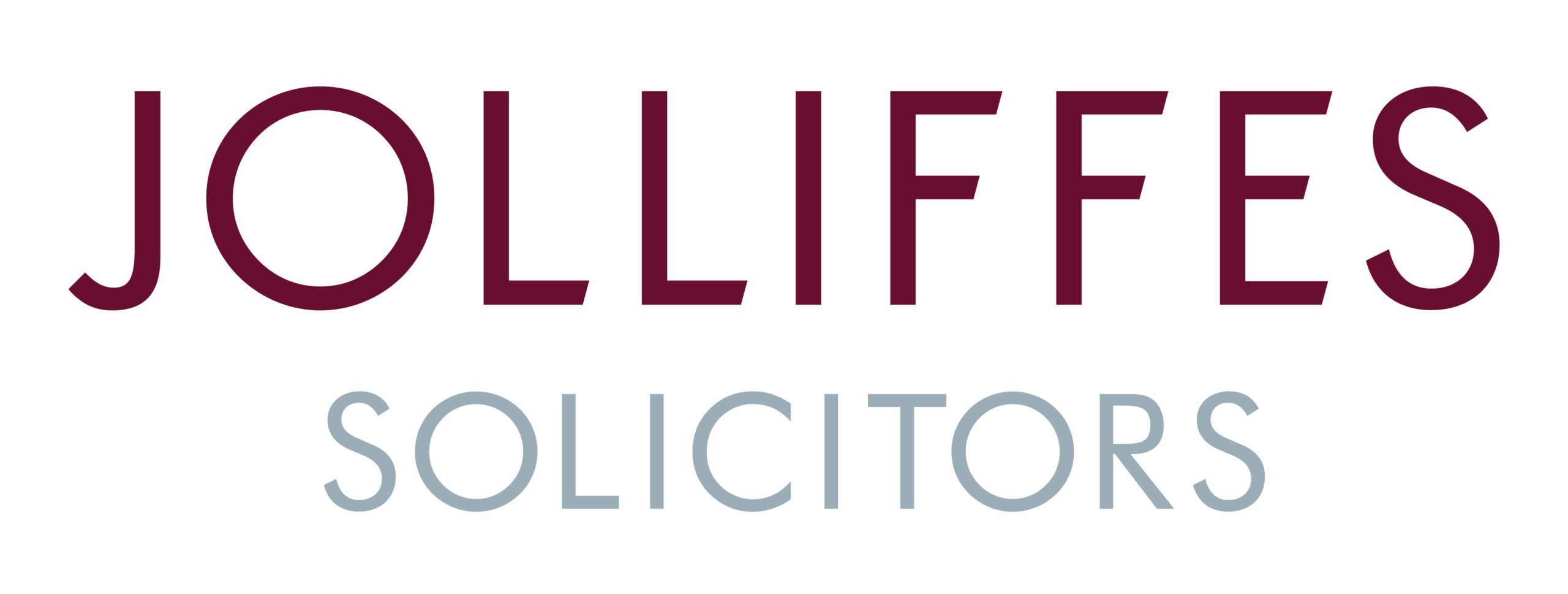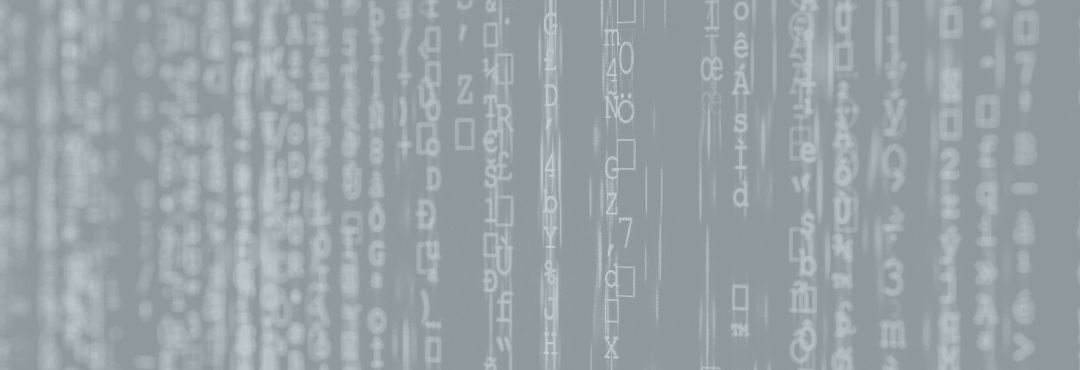WHO OWNS THE COPYRIGHT IN AI GENERATED CONTENT?
INTRODUCTION
As advancements in artificial intelligence (AI) technology continue to reshape industries, one area of concern that has gained significant attention is the ownership of intellectual property (IP) rights in AI generated content.
With AI becoming increasingly capable of producing creative works such as written content, art, and even music, it is crucial to understand the complexities surrounding IP ownership. For example, who owns the copyright in AI generated content such as, for example, this article (which has been written by us with assistance from AI).
WHAT IS AI GENERATED CONTENT?
AI generated content refers to any creative work that has been produced or assisted by artificial intelligence algorithms. These algorithms are trained on vast datasets to mimic human creativity and can autonomously generate music, paintings, stories, poetry, and even software code. As AI technologies improve, they can create content that is becoming increasingly indistinguishable from human creations, raising significant questions about ownership and protection.
INTELLECTUAL PROPERTY RIGHTS IN AI GENERATED CONTENT
Determining ownership of AI generated content can be challenging due to the involvement of both human creators and AI algorithms. Typically, there are three main aspects of IP to consider:
- Copyright
Copyright law protects original works of authorship fixed in a tangible medium of expression. Historically, copyright ownership belonged to the human creators of the work; however, in the case of AI generated content, the question of ownership becomes more intricate. Some jurisdictions, like the United States, typically recognise the creator of the work as the copyright holder, regardless of whether they are human or AI. In other regions, such as England and Wales, this issue of copyright in AI generated content remains unaddressed – there is no precedent yet as there have been no senior court decisions or Acts of Parliament dealing with the same.
- Patents
Patents give the holder exclusive rights to use and commercialize the technology. Innovations in AI algorithms and technologies may be patentable if they meet the criteria of novelty, non-obviousness, and utility. If a company or individual develops a unique AI system that is specifically designed to create content, they may seek patent protection for their invention.
- Trademarks
AI generated content may be used in branding and marketing, potentially implicating trademark rights. Companies using AI to create logos, slogans, or brand identities should be cautious of potential trademark infringement issues and ensure their AI-generated content does not infringe on existing trademarks.
COLLABORATION BETWEEN AI AND HUMANS
In many cases, AI technology is a tool used by people to enhance their creative process, such as with this article. When people use AI to aid in content creation, the issue of ownership becomes slightly clearer as there has been human intervention. In such situations, the human creator retains ownership over the work; though, the AI algorithm itself may be protected through trade secrets or patents by the organisation that developed that AI system. There are still IP issues to be considered though, particularly with AI generated art or music (where the works may sample existing copyrighted materials and therefore be considered derivative works).
POTENTIAL LEGAL CHALLENGES
The increasing use of AI generated content has given rise to all manner of legal challenges, for which a may be required.
Whilst the way you access AI may be free to use, you must ensure that you hold any relevant licenses for commercial use. Some AI platforms may permit commercial use of content generated by their algorithms for free; however, this will depend on the platform/algorithm you use and what you use the content for. If you want to use AI generated content for commercial purposes, you may need to obtain a license from OpenAI or the relevant rights holders, depending on the specific circumstances of your use case.
Ensuring proper attribution of AI generated content is crucial – especially when AI plays a significant role in the creative process. Disclosure to users or consumers about the content’s AI origins is essential to maintain transparency.
As already mentioned, AI generated content may incorporate existing copyrighted material. Determining whether the usage of that material falls under one of the exceptions to copyright (such as for teaching purposes, parody, or criticism and review) can be complicated. If the use of copyrighted material does not fall within one of the exceptions, it may be deemed a derivative work, leading to a claim over it by the owner of the originating copyrighted material.
In the event that copyright in AI generated content is disputed, it is likely that the owner of the originating copyrighted material will expect some kind of payment (whether as settlement, or as royalties) and it may be necessary to enter into an IP licence.
Negotiating licenses and royalties for AI generated content may involve unique considerations compared to traditional creative works. Defining the terms of use and compensation for AI generated works, for example, will require careful attention and the involvement of a specialist intellectual property solicitors.
HOW WE CAN HELP
As AI continues to influence the creation of original content, understanding intellectual property ownership is vital for creators and businesses. The legal landscape surrounding AI generated content is still evolving, and it is essential to stay abreast of developments surrounding IP rights in the age of AI.
Collaborating with legal experts and seeking innovative solutions, individuals and businesses can navigate this dynamic field while protecting their creative assets and ensuring a fair and ethical use of AI technology.
If you would like to speak to one of our specialist intellectual property solicitors in Chester, contact us on 01244 310 022 or at law@jolliffes.com and we will be happy to assist you.


